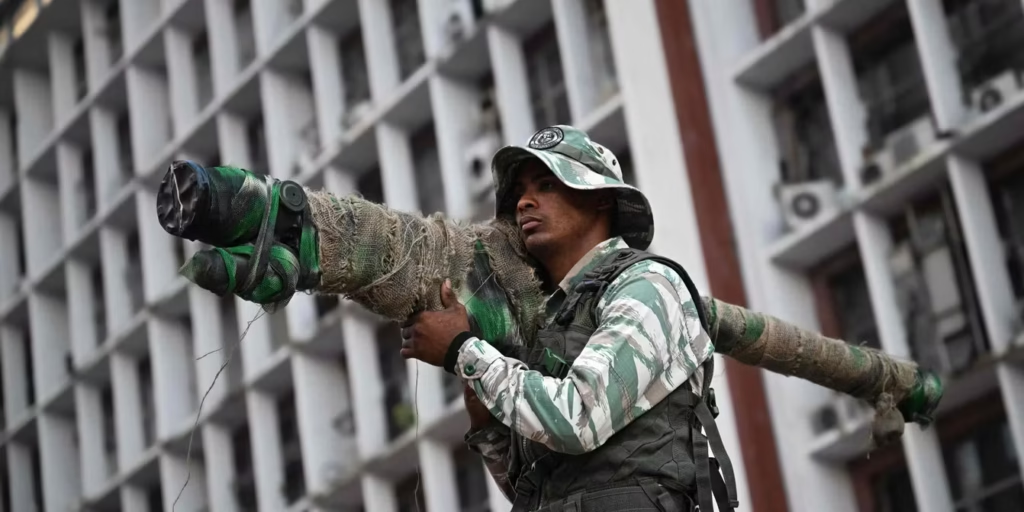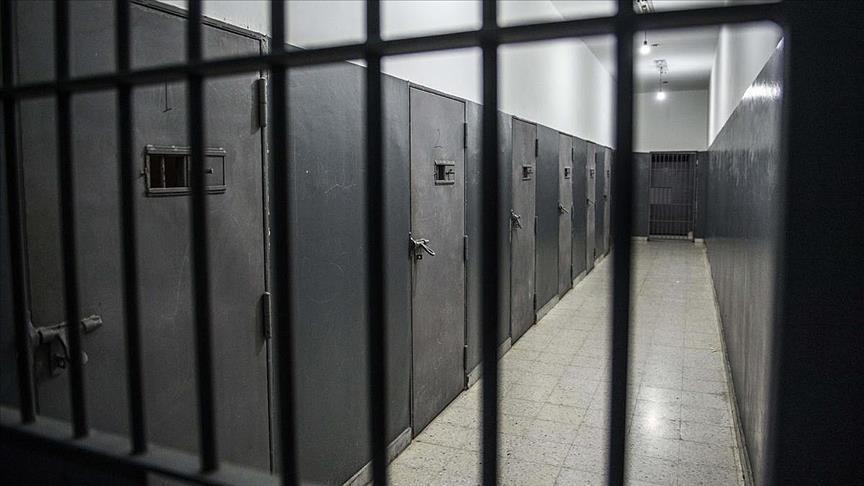
A French press report says Venezuela’s armed forces are in their weakest state in years just as U.S. military pressure intensifies, the result of a prolonged economic crisis and U.S. sanctions. Even so, Caracas still fields layered air defenses that could complicate any operation, the report adds.
The U.S. Federal Aviation Administration on Oct. 31 issued a five-month flight restriction over waters off Ceiba, Puerto Rico, citing “special security reasons” at the instruction of the Pentagon. The move comes amid a growing U.S. presence in the Caribbean that has fueled speculation about possible action against Venezuela. Dozens of U.S. F-35s are reported to be on standby at the former Roosevelt Roads base near Ceiba.
Despite varied statements from U.S. officials—including former President Donald Trump’s denial of plans for strikes—analysts say a military option remains on the table. Victor Mijares, a Venezuelan scholar at the University of the Andes in Bogotá, argued U.S. intervention now appears “all but inevitable,” though its exact form is unclear.
Venezuela’s Bolivarian National Armed Forces (FANB) would struggle to match U.S. power concentrated off its coast—warships, F-35 fighters, and MQ-9 Reaper drones—according to the report. Caracas, however, still relies on robust air-defense assets, including more than 5,000 Russian-made Igla-S MANPADS, and insists it can repel any attack with a force of over 125,000 personnel.
Experts cited also point to leadership gaps inside the FANB due to political control of senior posts, raising doubts about operational effectiveness. They warn a likely U.S. strategy would favor sustained stand-off strikes to pressure the military over time.
Amid the tensions, Venezuelan officials have lately struck a more conciliatory tone. On Oct. 30, the defense minister said Venezuelans “do not deserve to live under threats and American incitement.” The report concludes that with regional frictions rising, it remains uncertain whether the FANB can withstand superior U.S. force—or whether internal strains could crack its already fragile defenses.




